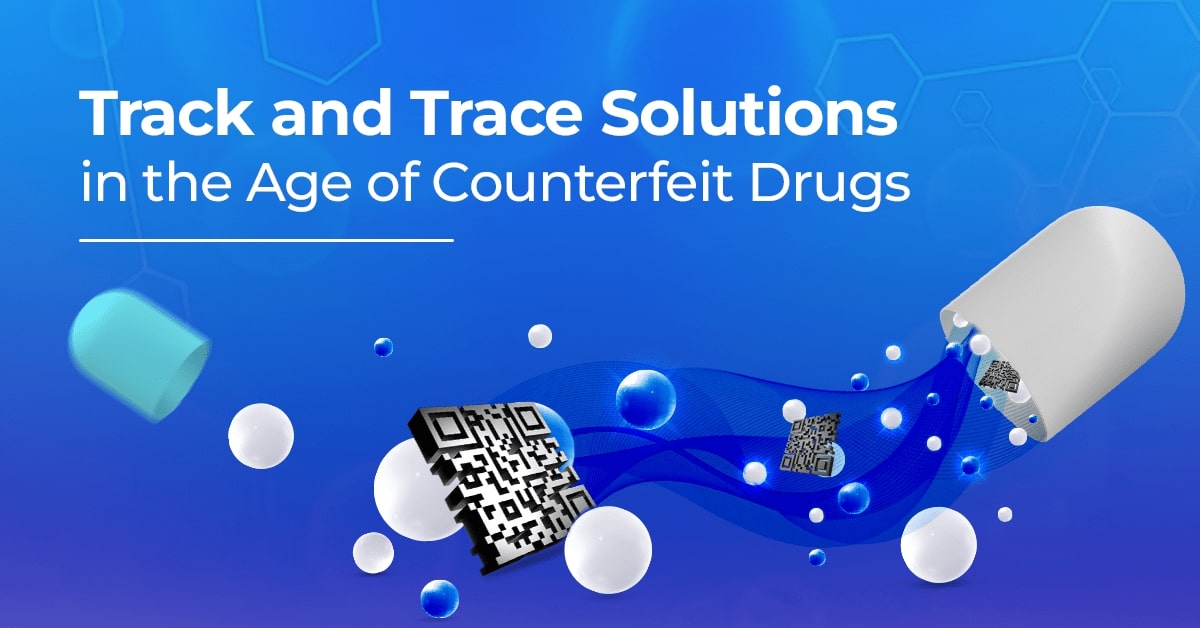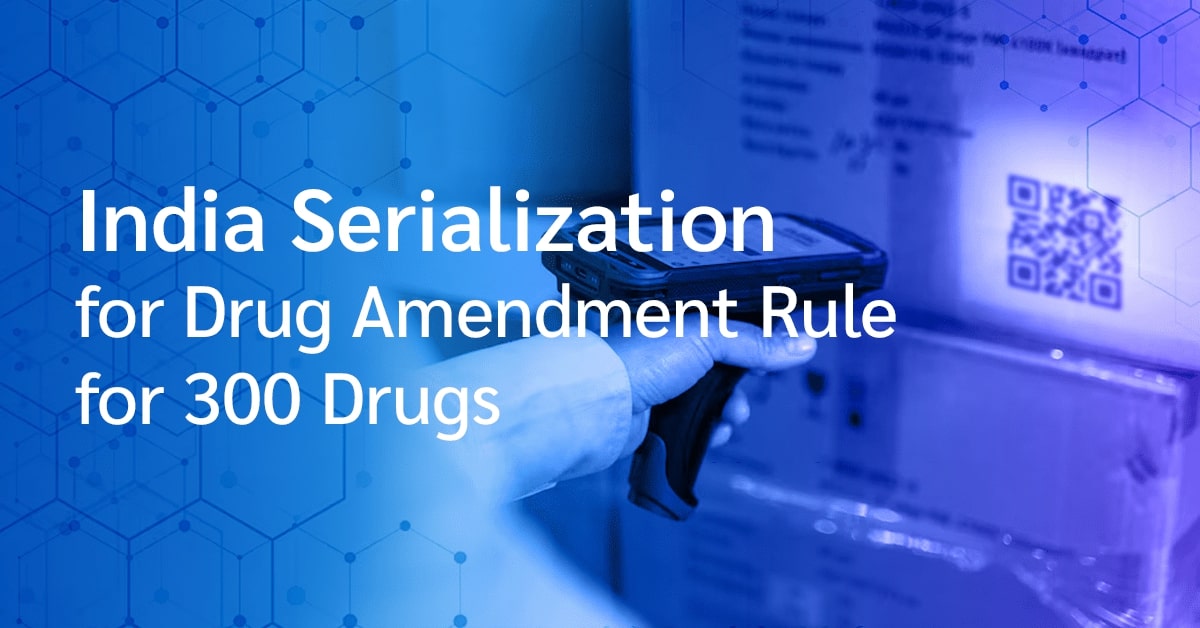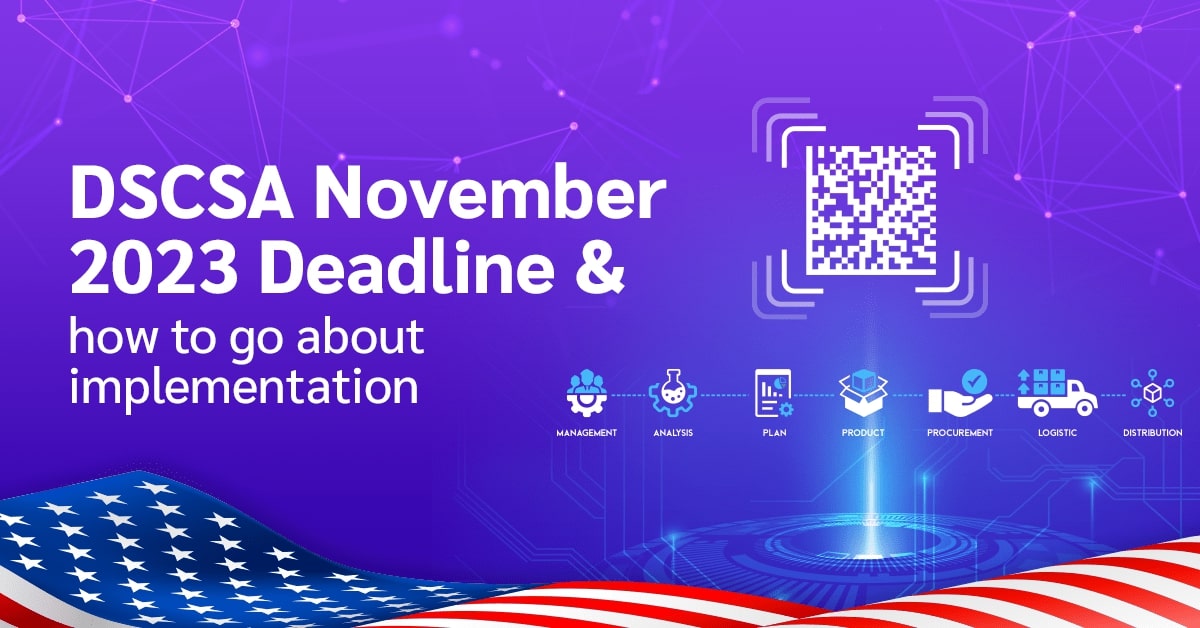What if every product, regardless of complexity, could be inspected with absolute consistency in real-time?
This capability is no longer a theoretical concept.
Driven by exponential technological advancements and increasingly stringent quality standards, industries globally are adopting automated visual inspection (AVI) systems.
These systems are fundamentally reshaping quality control by enhancing efficiency, minimizing waste, and ensuring adherence to the highest product standards.
By integrating state-of-the-art machine vision, artificial intelligence (AI), and deep learning algorithms, AVI has become an indispensable tool across diverse sectors, including pharmaceuticals, food processing, automotive, and consumer goods.
The Evolution of Quality Control
Quality control has traditionally relied on manual checks, which are inherently limited by human error, fatigue, and subjectivity.
However, as production volumes rise and product complexity increases, traditional methods are no longer sufficient.
Modern manufacturing demands precision, speed, and consistency—criteria that automated systems can fulfill with unprecedented accuracy.
Historically, quality assurance was a reactive process.
Products were inspected after production, often leading to delays, recalls, or customer dissatisfaction.
Today, automated visual inspection allows for real-time, in-line checks, ensuring that every item is inspected thoroughly and efficiently without slowing down the production line.
Automated Visual Inspection
Automated visual inspection employs high-resolution cameras and sophisticated software to analyze every aspect of a product’s appearance.
These systems can detect defects such as misalignments, deformations, surface imperfections, and even subtle color variations that might be invisible to the human eye.
This capability is especially crucial in industries where even the smallest flaw can lead to significant safety or regulatory issues.
Real-Time Analysis and Instant Feedback
One of the most significant advantages of automated inspection systems is their ability to deliver instant feedback.
As products move along the production line, inspection systems assess quality in milliseconds.
This real-time analysis not only prevents defective items from reaching the market but also provides critical data to adjust production parameters immediately, reducing downtime and minimizing waste.
Integration of AI and Machine Learning
The integration of AI into visual inspection systems marks a paradigm shift in quality control.
Advanced algorithms learn from each inspection, continuously improving accuracy over time.
These self-learning systems reduce the dependency on human intervention during the teaching phase and can adapt to new product designs or variations with minimal recalibration.
Companies like Jekson Vision are at the forefront of this innovation, harnessing AI to deliver smarter, faster, and more reliable inspection solutions.
Key Technologies Powering Automated Visual Inspection
High-Resolution Imaging
Modern inspection systems rely on high-resolution cameras that capture detailed images of every product.
These cameras work in tandem with lighting and optical components to reveal even the smallest defects, ensuring comprehensive quality control.
Advanced Algorithms
Behind every successful visual inspection system lies a set of sophisticated algorithms.
These algorithms perform a range of functions—from basic geometric measurements to complex pattern recognition and OCR (Optical Character Recognition).
They enable the system to verify product dimensions, detect surface defects, and analyze variable data with exceptional precision.
Deep Learning and AI Integration
Deep learning techniques have elevated automated visual inspection to new heights.
By training on vast datasets of product images, these systems can identify anomalies that traditional rule-based methods might miss.
The self-learning capability of AI means that the system continuously adapts to changes in product design, materials, or manufacturing processes, ensuring long-term accuracy and reliability.
Seamless Integration with Production Lines
Automated inspection systems are designed to integrate seamlessly with existing production lines.
Their compact designs and high-speed performance ensure that quality control processes do not impede production flow.
This integration is critical in industries where production speed and product quality must coexist harmoniously.
Industry Applications and Benefits
Pharmaceutical and Biopharma
In the pharmaceutical sector, ensuring the integrity of tablets, capsules, blisters, and vials is paramount.
Automated visual inspection systems are tailored to detect even the slightest discrepancies in product packaging and labeling, significantly reducing the risk of contamination or dosage errors.
Real-time inspection ensures 100% product coverage, which is crucial for meeting strict regulatory standards.
Food and Beverage
Quality control in the food and beverage industry involves verifying the consistency, appearance, and packaging integrity of consumable products.
Automated systems can inspect food items—ranging from bakery products to processed meats—with unparalleled accuracy.
This technology not only enhances consumer safety but also improves brand reputation by ensuring that every product meets quality expectations.
Automotive and Manufacturing
For industries like automotive manufacturing, where precision is critical, visual inspection systems ensure that components fit together perfectly and meet stringent tolerance levels.
This precision reduces the need for costly rework and prevents defective parts from reaching assembly lines, ultimately enhancing overall product reliability.
Packaging and Consumer Goods
From checking the integrity of primary packaging (such as bottles and cartons) to verifying secondary packaging, automated visual inspection guarantees that every product leaving the production line is flawless.
This comprehensive approach to quality control minimizes the risk of product recalls and boosts consumer confidence.
Benefits of Automated Visual Inspection
- Enhanced Accuracy: By eliminating the variability associated with human inspectors, automated systems provide consistent and repeatable results.
- Increased Efficiency: Real-time inspections mean that errors are caught immediately, reducing production downtime and wastage.
- Cost Savings: While the initial investment in technology may be significant, the reduction in labor costs and product recalls leads to long-term savings.
- Data-Driven Insights: The vast amounts of data generated by these systems enable manufacturers to fine-tune production processes, leading to continuous improvements in quality.
- Regulatory Compliance: Automated systems help industries adhere to strict quality and safety standards by ensuring that every product is inspected thoroughly.
End Note
Automated visual inspection is revolutionizing quality control by bringing together advanced imaging, AI-driven analysis, and real-time processing.
This technology not only ensures that products meet the highest standards but also drives efficiency, reduces waste, and provides critical insights into production processes.
With innovations led by industry pioneers like Jekson Vision, the future of quality control is brighter than ever.
For businesses looking to elevate their quality control processes, exploring Jekson Vision’s cutting-edge vision inspection solutions is a crucial step forward.
Discover more about how automated visual inspection can transform your operations by visiting the Vision Inspection page.







